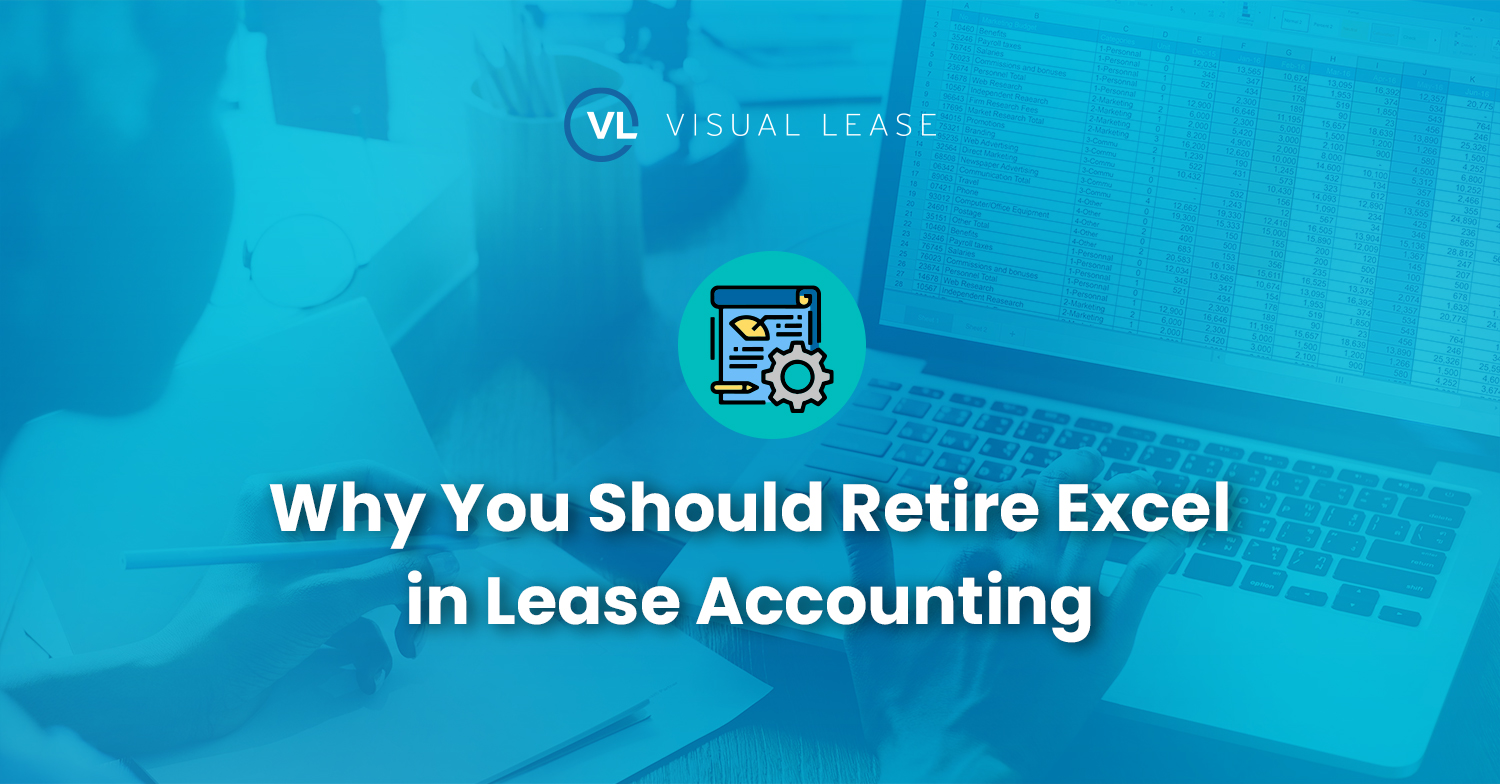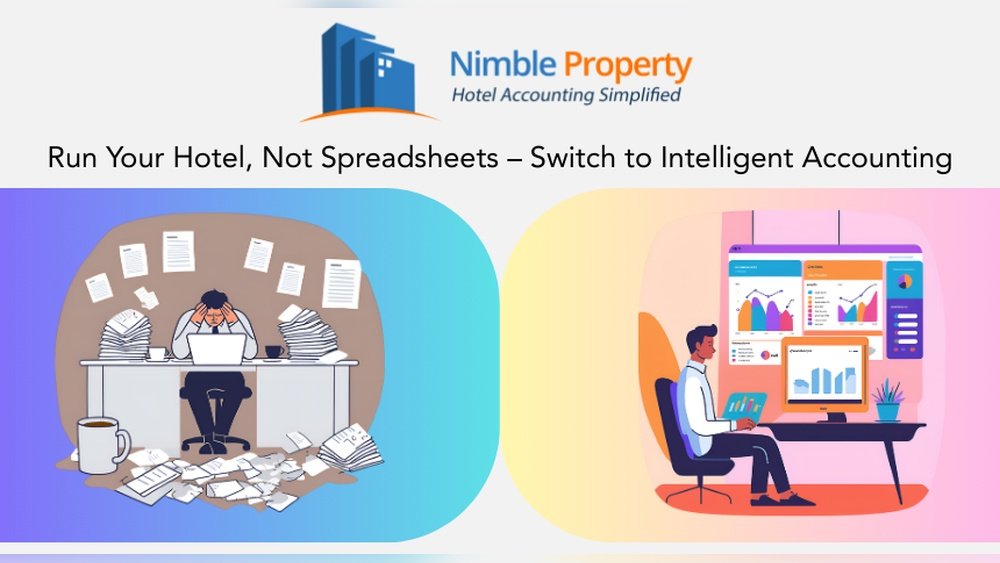Are you still managing your finances with spreadsheets? It might seem simple now, but as your business grows, spreadsheets can become a maze of numbers and errors.
Switching to accounting software can save you time, reduce mistakes, and give you clearer insights into your money. You’ll discover easy steps to make the switch without stress. Keep reading to find out how to take control of your accounting and boost your business’s success.

Credit: visuallease.com
Signs It’s Time To Switch
Spreadsheets can be hard to manage as data grows. They lack automation and error checking, causing mistakes. Tracking multiple accounts or complex transactions is difficult.
Many face time-consuming tasks like manual entry and reconciliation. Reports take long to prepare and often miss key details. Collaboration is tough; multiple users can overwrite data.
As businesses grow, spreadsheets cannot keep up with increasing transactions or inventory. They do not support scalable solutions or real-time updates. This leads to slower decision-making and errors.
Choosing The Right Software
Key features include easy invoicing, automatic calculations, and real-time reports. Choose software with good data security to keep your information safe. Look for tools that support multiple users if teamwork is needed. Cloud access helps you work from anywhere. Check if the software integrates with your bank or other apps.
| Software | Best for | Price Range | Key Features |
|---|---|---|---|
| QuickBooks | Small to medium businesses | $20 – $70/month | Invoicing, payroll, bank sync |
| FreshBooks | Freelancers and small teams | $15 – $50/month | Time tracking, expenses, mobile app |
| Wave | Free option for small businesses | Free | Basic accounting, invoicing, receipt scanning |
Budget is important. Some software charges monthly fees. Others offer free plans with fewer features. Choose what fits your needs and wallet. Think about long-term costs too. Sometimes paying more means fewer problems later.
Preparing For Migration
Cleaning up data is key before switching to accounting software. Remove old, unused files and fix errors in spreadsheets. Check for duplicate entries and correct mistakes. This step helps keep information accurate and easy to move.
Backing up data is very important. Make copies of all files and store them in safe places. Use strong passwords and limit who can access the data. This protects against loss or theft during migration.
Clear goals guide the migration process smoothly. Decide what you want the new software to do. Set steps and timelines to track progress. Knowing your goals helps avoid confusion and delays.

Credit: www.payhoa.com
Step-by-step Migration Process
Start by exporting data from your spreadsheets. Save files in formats like CSV or XLSX. These formats are widely accepted by most accounting software. Check for any missing or incorrect data before exporting. Clean data helps avoid issues later.
Next, import the saved files into your accounting software. Follow the software’s import instructions carefully. Mapping fields correctly is important to keep data organized. Take your time to match columns from spreadsheets to software fields.
Finally, validate and test the imported data. Look for errors or missing entries. Run test reports to see if numbers match your old spreadsheets. Fix any problems before fully switching to the new system. This step saves time and trouble later.
Training And Adoption
Staff training helps team members feel confident using new software. Start with simple lessons that cover basic tasks. Use step-by-step guides to make learning easy. These guides should include pictures and clear instructions.
Practice sessions let staff try the software without pressure. Encourage questions and offer quick answers. This builds comfort and reduces mistakes.
User guides act as handy references after training. Make sure these guides are easy to find and understand. Keep language clear and avoid technical words.
To boost software use, set daily goals for staff. Celebrate small wins to keep motivation high. Remind team members how the software saves time and cuts errors.

Credit: www.waveapps.com
Optimizing Accounting Workflow
Automating routine tasks saves time and cuts errors. Software can handle invoices, payments, and reminders automatically. This means less manual entry and fewer mistakes. It frees you to focus on important work.
Integrating with other tools helps keep all data in one place. Accounting software often connects with bank accounts, payroll, and inventory systems. This makes tracking money and stocks easier and faster.
Monitoring performance and reports gives clear views of your business health. You can get real-time reports on sales, expenses, and profits. These insights help make better decisions quickly.
Avoiding Common Pitfalls
Data loss risks can happen during the switch. Always back up your spreadsheets before moving. Check the new software’s import tools carefully. Test with a small set of data first. This helps find any missing or wrong information.
Resistance to change is common. Some team members may feel unsure or scared about new software. Offer simple training and show how the software makes work easier. Patient support can help everyone adjust.
Underestimating time and effort can cause delays. Switching is not instant. It takes planning, learning, and testing. Set a realistic timeline. Expect some slow days as everyone learns.
Frequently Asked Questions
What Are The Benefits Of Switching From Spreadsheets?
Switching to accounting software improves accuracy and saves time. It automates calculations, reduces errors, and enhances financial reporting. It also offers better data security and easy access to real-time information, improving business decision-making.
How To Choose The Right Accounting Software?
Identify your business needs first. Consider software features, ease of use, pricing, and integration options. Look for scalability and customer support. Reading reviews and trying free trials help ensure the software fits your requirements.
How To Migrate Data From Spreadsheets To Software?
Export spreadsheet data in a compatible format like CSV. Use the software’s import feature to upload data. Verify imported data for accuracy and completeness. Clean up any errors during migration to ensure smooth transition.
Will Accounting Software Reduce Manual Errors?
Yes, accounting software minimizes manual errors by automating calculations. It eliminates common mistakes from manual data entry and ensures consistent data processing. This improves overall financial accuracy and reliability.
Conclusion
Switching from spreadsheets to accounting software saves time and reduces errors. It helps you organize your finances clearly and easily. The right software fits your business needs and grows with you. Start small, learn step by step, and ask for help if needed.
Soon, managing money becomes simpler and less stressful. This change supports better decisions and stronger business control. Give yourself a chance to improve your accounting process today.
